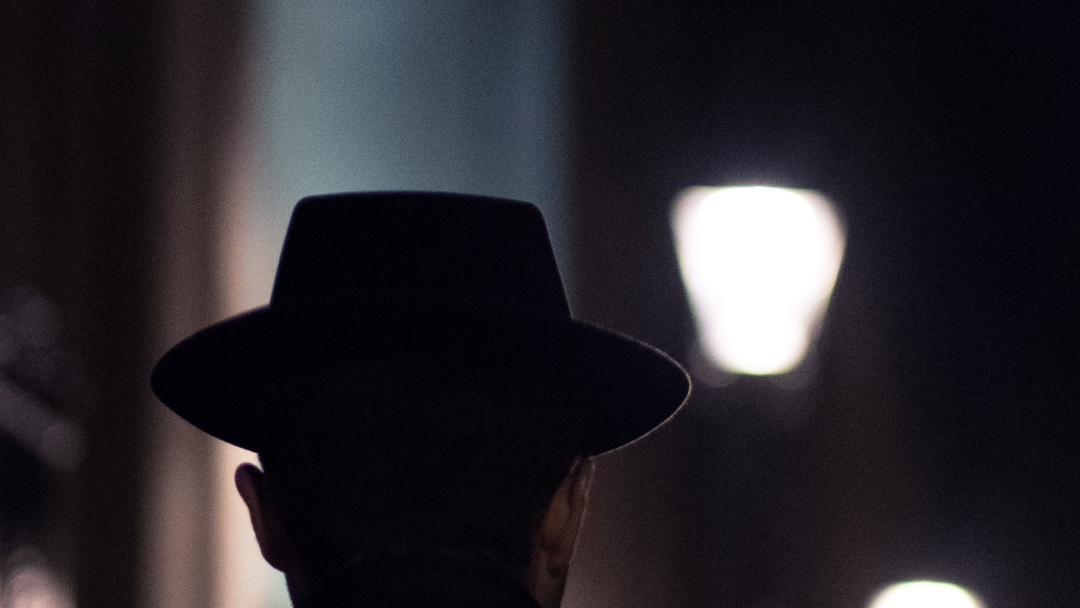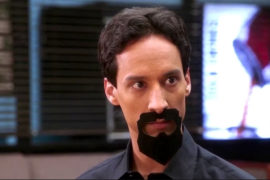The 2012 neo-noir crime thriller Killing Them Softly polarized critics and audiences upon release, and it still does today. A good friend of mine told me he will never forget his first date with his wife because he took her to see the movie on a whim and hated every minute of it. “The movie. Not the date, of course,” he quickly added.
Many still cannot tell if Andrew Dominik’s modern adaptation of George V. Higgins’s Cogan’s Trade was a powerful, politically charged, return-to-form noir or a tedious, gimmicky execution of cliches with a dash of clunky politics and flair. Whatever the complaint, you either hated this movie or thought it was just okay.
For audiences, there was plenty to hate. The film was marketed as an explosive crime thriller starring Brad Pitt, James Gandolfini, and Ray Liotta. What they got instead was a dialogue-heavy slow cooker under the umbrella of the 2008 financial crisis. As these mobsters go on bloody, revenge-driven rampages, political debates and speeches from George Bush and Barack Obama are scattered throughout. Sure, audiences got the action they paid for in the last 10 minutes of its 97 minutes run time. But who wanted to sit through the profane, off-kilter dialogue and reserved, hypnotic acting? A good fifteen minutes of run time is dedicated to drunken tangents by Gandolfini’s character about getting arrested on gun charges and getting divorced from his wife, which is never brought up again. To audiences, the film looked like an uneven mess. To critics, it was a let down from Dominik’s epic Western drama The Assassination of Jesse James by the Coward Robert Ford, released six years earlier. Riding off the heels of the successful Oscar-nominated film, critics could not wait to see Dominik’s next outing. What they got instead was a big paper-mache collage of noir-ish atmospheres: the on-the-nose dialogue, characters with no moral compass, textbook chiaroscuro lighting, a soundtrack of early pop and Jazz hits…the list goes on and on.
Despite what has been said, I was decently surprised going back to Killing Them Softly. After a few viewings, I’ve grown to appreciate and love the film for what it is. The film is hard to ignore. You might’ve walked out on the first 15 minutes, but something about the naturalistic conversations, attention to detail, and the overall economically minimalist style of the film will at least leave a footprint on you. The movie stands out amongst other tiresome modern neo-noirs. It is not your typical “noir-inspired” film. This is a true throwback noir, harking at the cynical charm of Billy Wilder’s early works. I am not here to ostracize critics or the audience. I also wish to avoid the “critics vs. audience” argument when it comes to polarizing films. I am just here to shine a new light on a movie that I believe has been largely misunderstood.
Everything we need to understand about this movie stems from its title.
The title of the film comes from a conversation Jackie Cogan (Brad Pitt) has with a mafia ambassador only known as Driver (Richard Jenkins). Jackie reveals his philosophy on doing his line of work. He prefers to “Kill them softly at a distance.” because it is emotionless. Much like how politicians kill citizens softly from a distance with broken dreams and promises, the criminal underworld is fair game as greedy men try to cheat their way out. Every character in the film uses fear, mudslinging, enforcement, and diversion to get what they want, which is mostly money. Money is what drives everyone in this film. Not emotions. Not revenge. Just cold hard cash. It all sounds too familiar. And to be fair, this comparison of American politics and the criminal underworld is not the most subtle. But under Dominik’s slick direction, he was able to make it easier to swallow.
True to classic noir style, Killing Them Softly is a dialogue-heavy film, with many key plot points never seen later to be revealed in quick lines of dialogue. Dominik throws in plenty of visual flair, too. He gives it his all with Markie Trattman’s chilling, slow-motion death scene set to Kitty Lester’s “Love Letters.” Even with these moments, throughout the film are non-sequitur conversations that ultimately feel like we are paused from the action. These are not tension-filled moments either. In one scene, there are just two bozos talking about their craziest sex stories before they are about to go on the poker game heist that sets the whole plot into motion. The most notorious of all seemingly pointless moments on screen is every time the late, great James Gandolfini is on screen. He gruffs, chuckles, and swaggers his way in every scene as New York Mickey, knocking back drinks and giving everyone a tough time. And just as he is introduced, he is gone. He is never mentioned again, and we continue as if he never happened.
Why were these conversations needed? For me, I believe they “kill us softly.” Each conversation holds new meaning and adds weight as the events unfold. For henchmen Frankie and Russell, their offensive conversations about their sex partners look like dribble at first glance. However, they subtly reveal their true nature. They do not hold on to things very long, and obviously, they are quick to tell people about their personal lives. It should not come as a shock that later in the movie, Russell tells an informant working for Dillion—who works with Jackie—that he was the one who robbed the poker game. These hints are very subtle, and I am not saying they are communicated the best in the film. However, Dominik should be applauded for not dumbing these small moments down.
As for New York Mickey, I see him as the embodiment of a man victimized by America. All the man wants to do is make money, live life, and have fun. That is what America is all about, right? Life, liberty, and the pursuit of happiness. However, his stories of being on parole for a gun charge that was not his and possibly losing everything over a divorce shows otherwise. The American dream has not been so lucky for the poor guy. He is a man doing the best he can do to recuperate his losses but ends up ignoring his responsibilities in the process, and Jackie does not like that. Jackie backstabs his own friend for the sake of money and does not even bat an eye. Mickey’s scenes show us an emotionally honest side of the criminal world, but as Jackie says, he doesn’t want to deal with emotions. Gandolfini plays his character with such laid-back ease and pain in his eyes that hits too close to home sometimes.
Overall, I believe these moments give us a true look into the criminal underworld. It is not all guns blazing and fast-talking. Some people relish this life, some see it as just work, while some try to find loopholes in it. This could be applied to any political figures or persons in power, and I think this is what Dominik is hinting at in the film.
All in all, Dominik did not make a stylish, Tarantino-inspired romp. He made a true American noir. Is the movie flawless? Of course not. Is it the most original film in the world? Not at all. But is Killing Them Softly worthy of your time? I would say so. It has the atmosphere, themes, and mood of a really great noir while also being refreshingly modern. Give it repeated viewings, and you’ll be surprised how much the film works.
Still hate it by then? Hey, to each their own.
NATHAN NICOLAU is a writer/poet based in Charlotte, NC. Since his published debut in 2019, his fiction, essays, and poetry have been featured on multiple websites and magazines. He is also the owner and Editor-in-Chief of New Note Poetry, an online poetry magazine. Find out more about him at nathannicolau.com.
Like what you’re reading?
Get new stories, sports musings, or book reviews sent to your inbox. Drop your email below to start >>>
NEW book release
Ghosts Caught on Film by Barrett Bowlin. Order the book of which Dan Chaon says “is a thrilling first collection that marks a beginning for a major talent.”
GET THE BOOK



